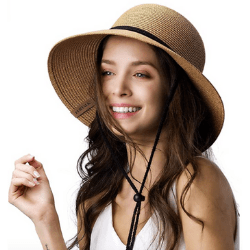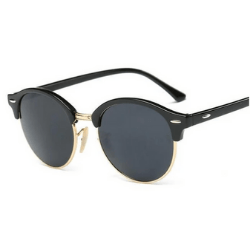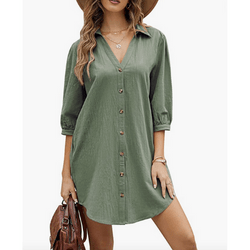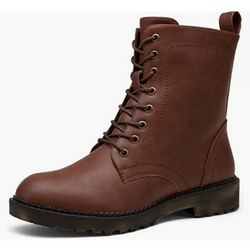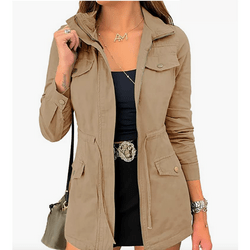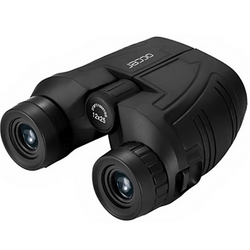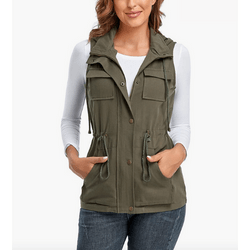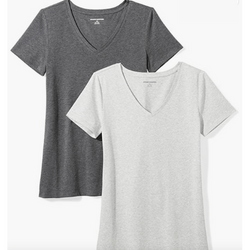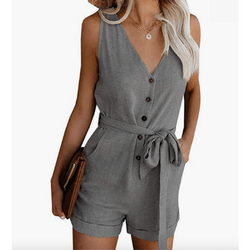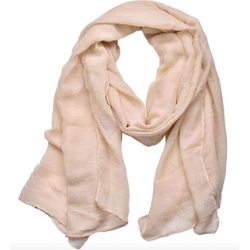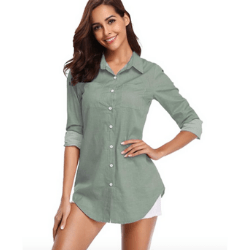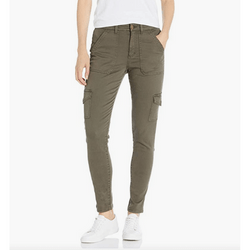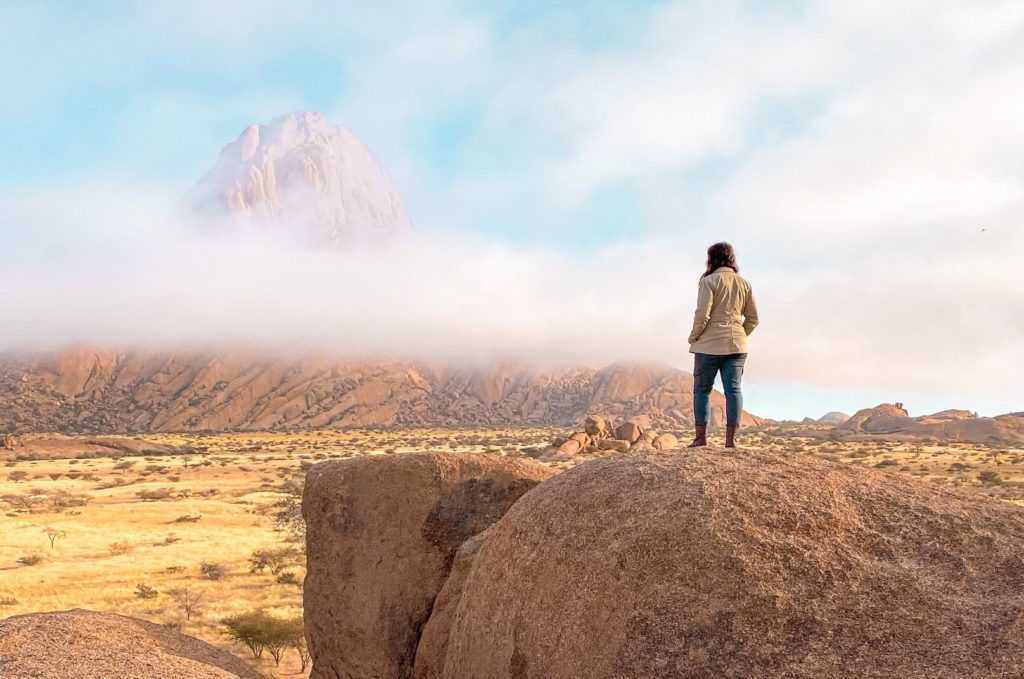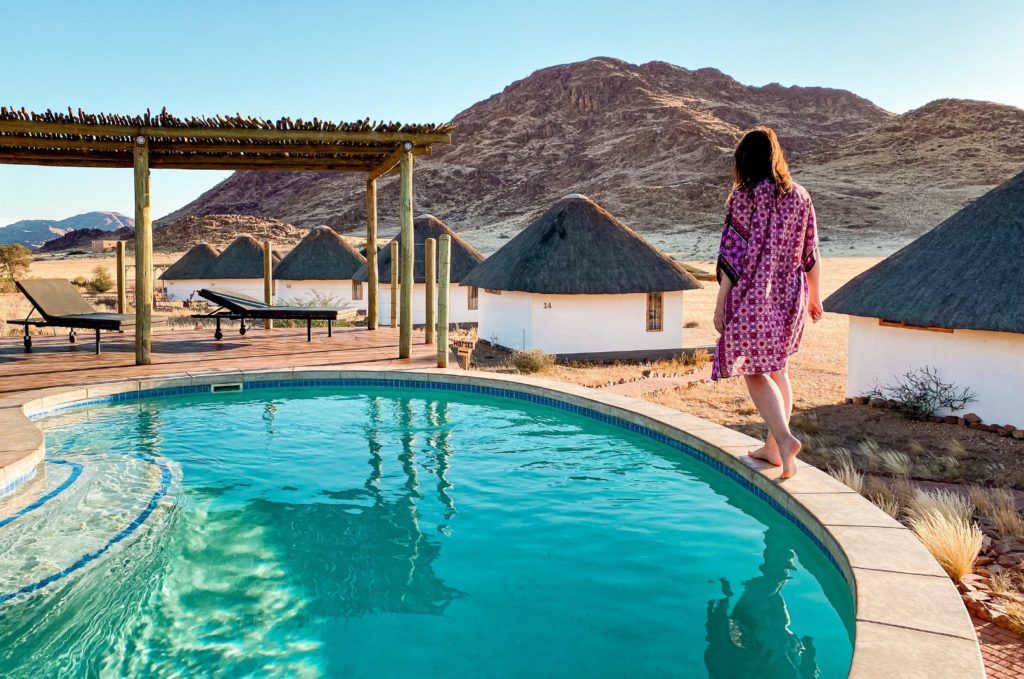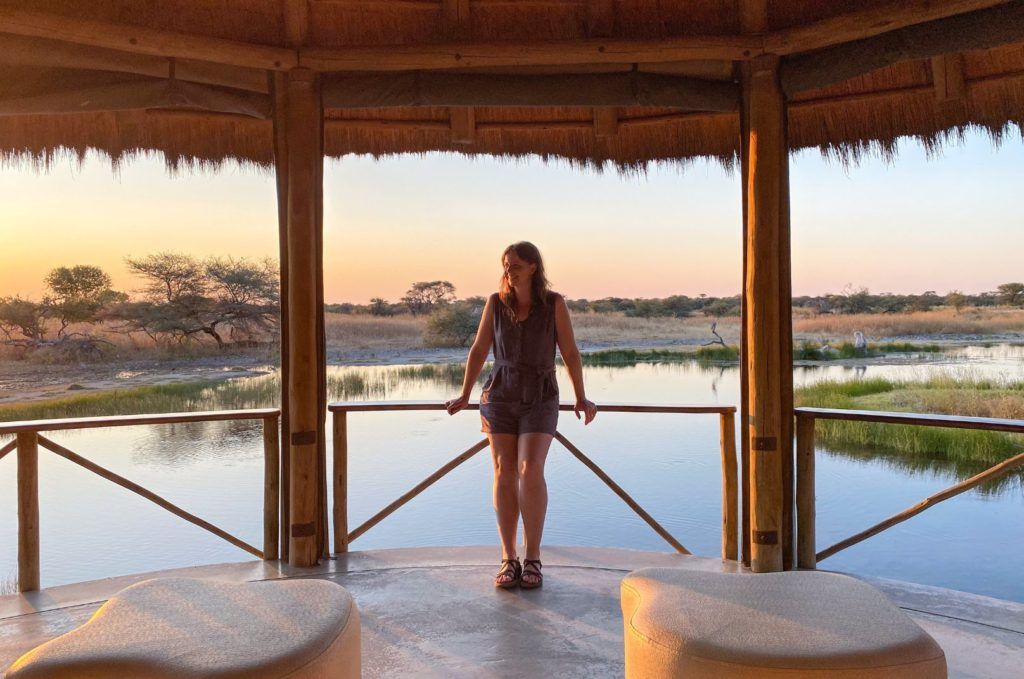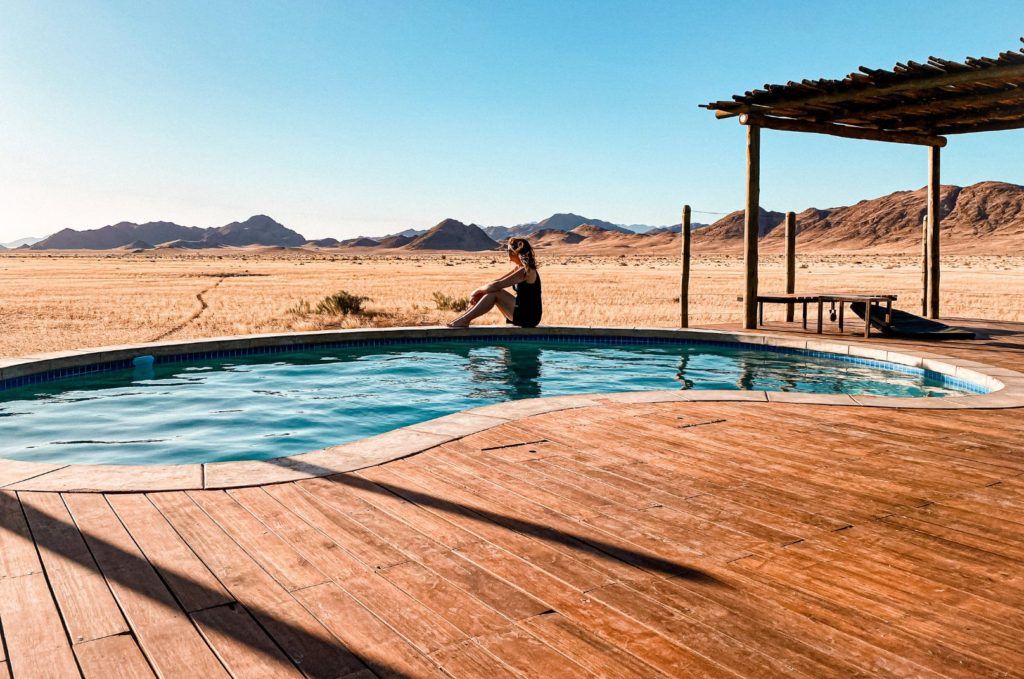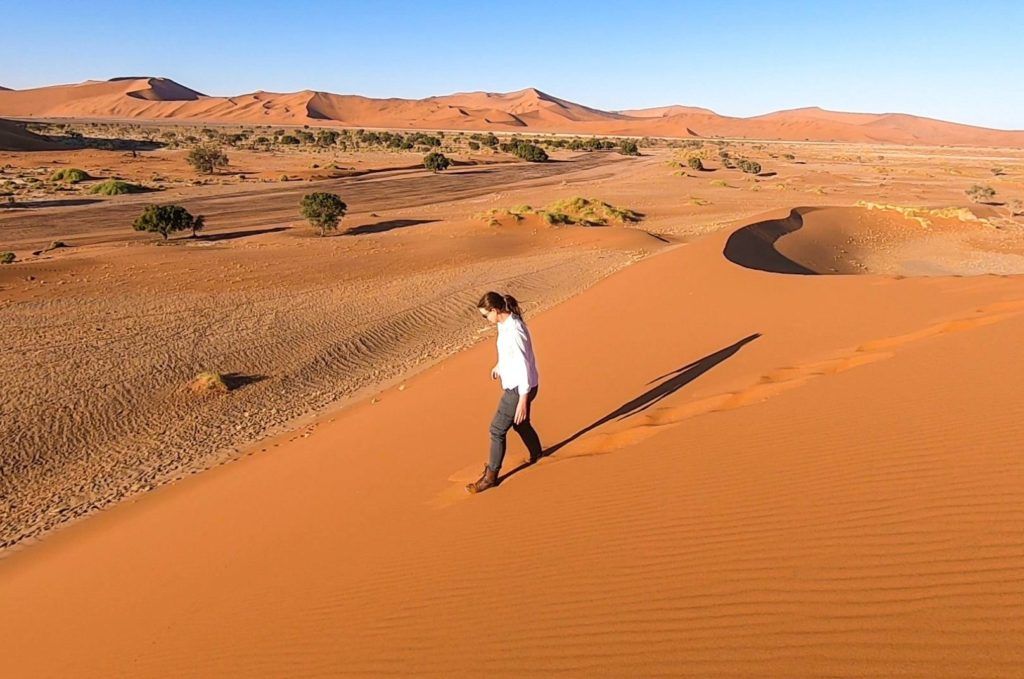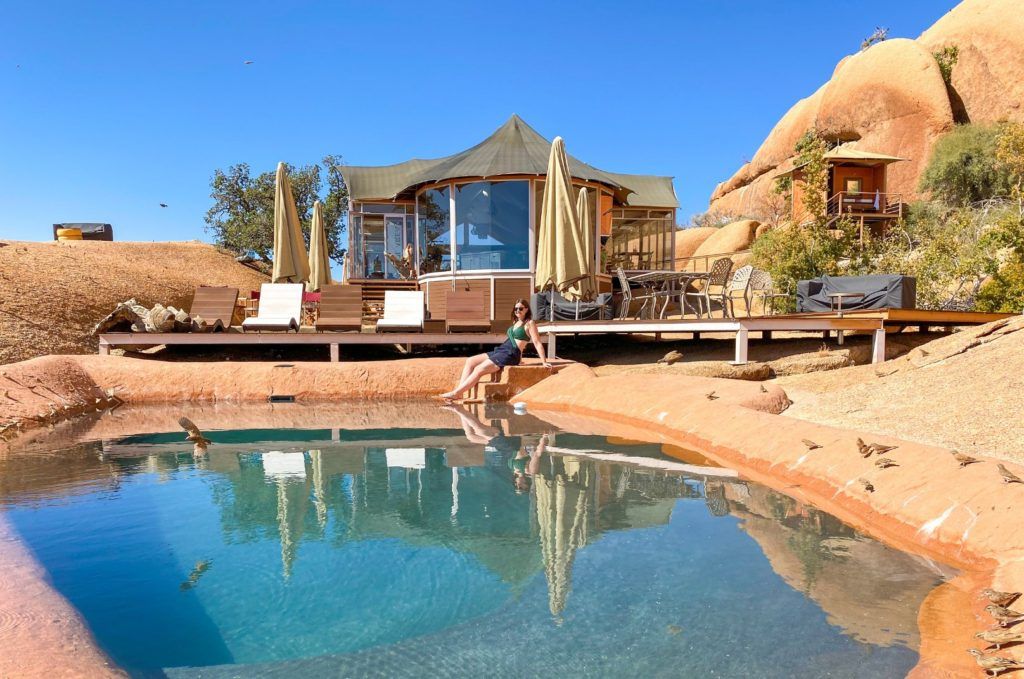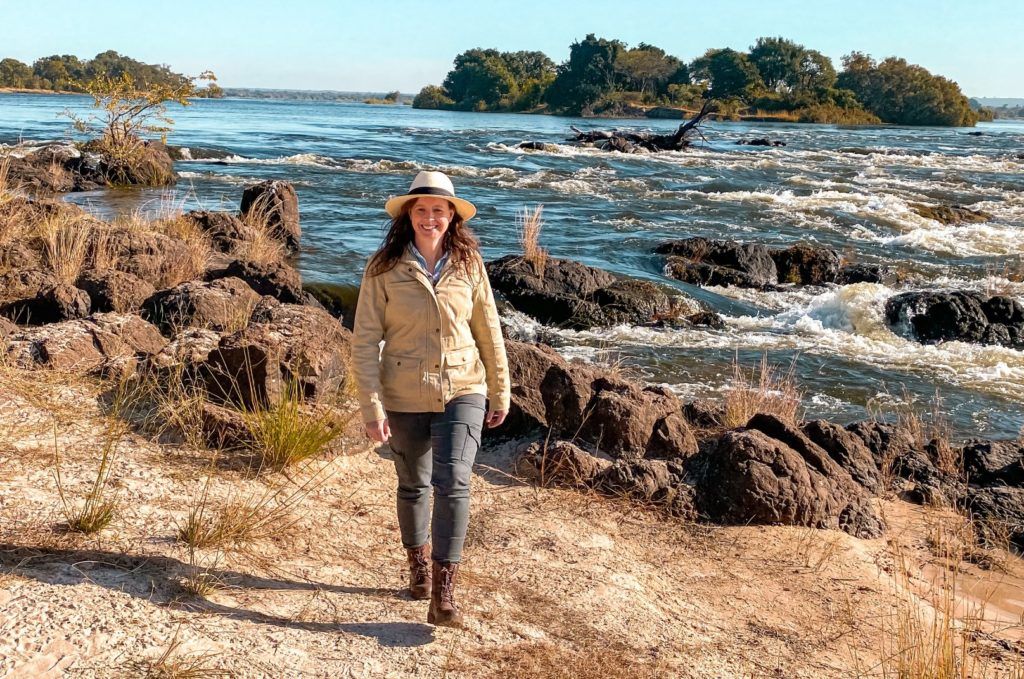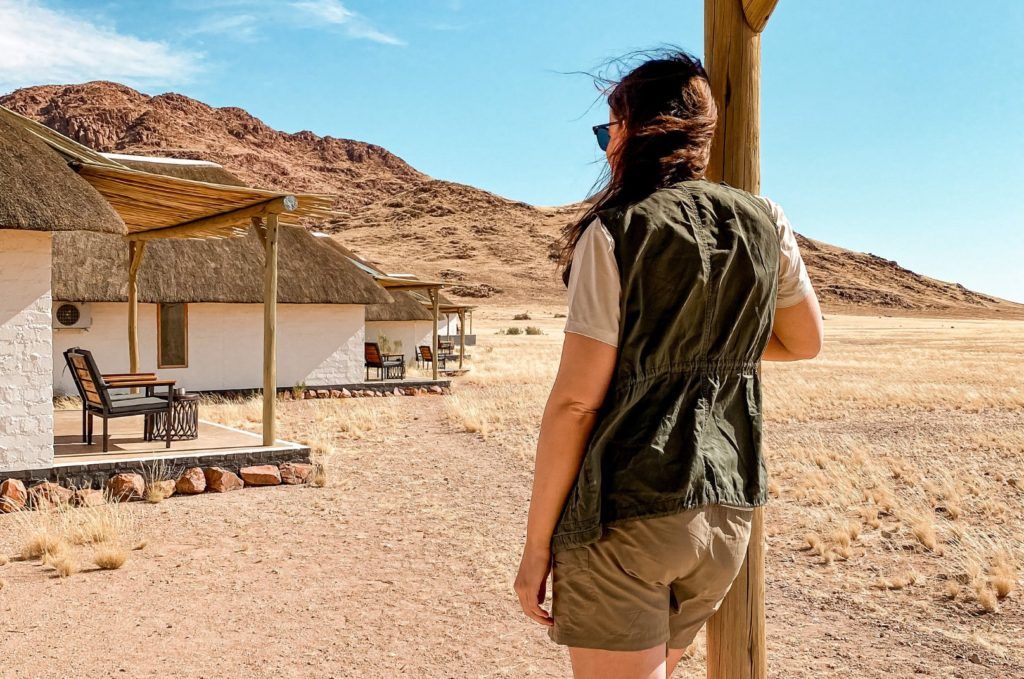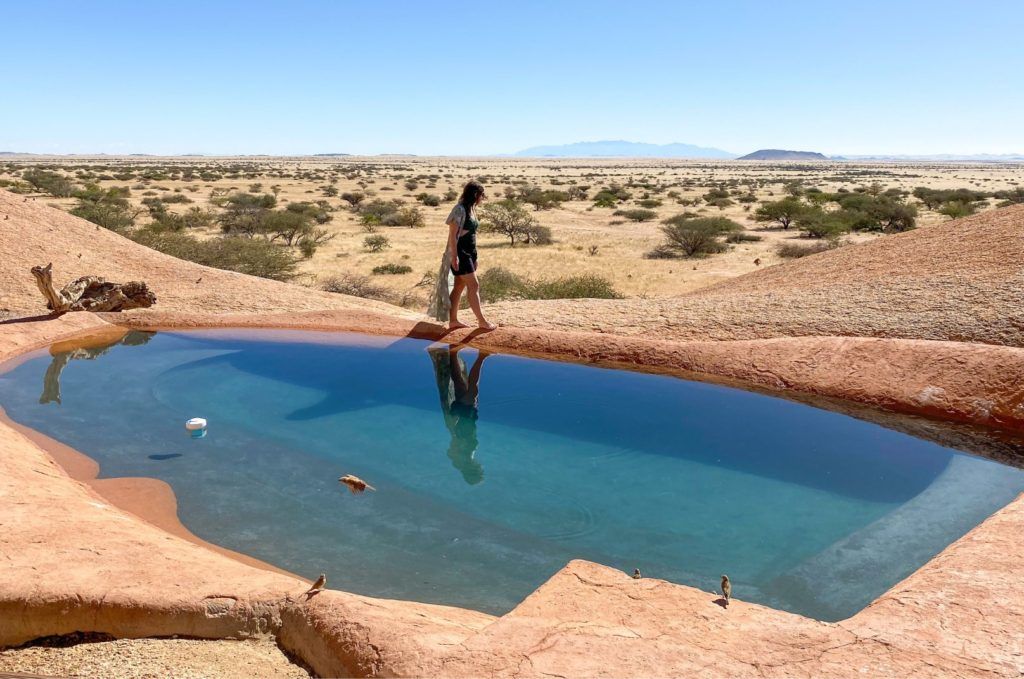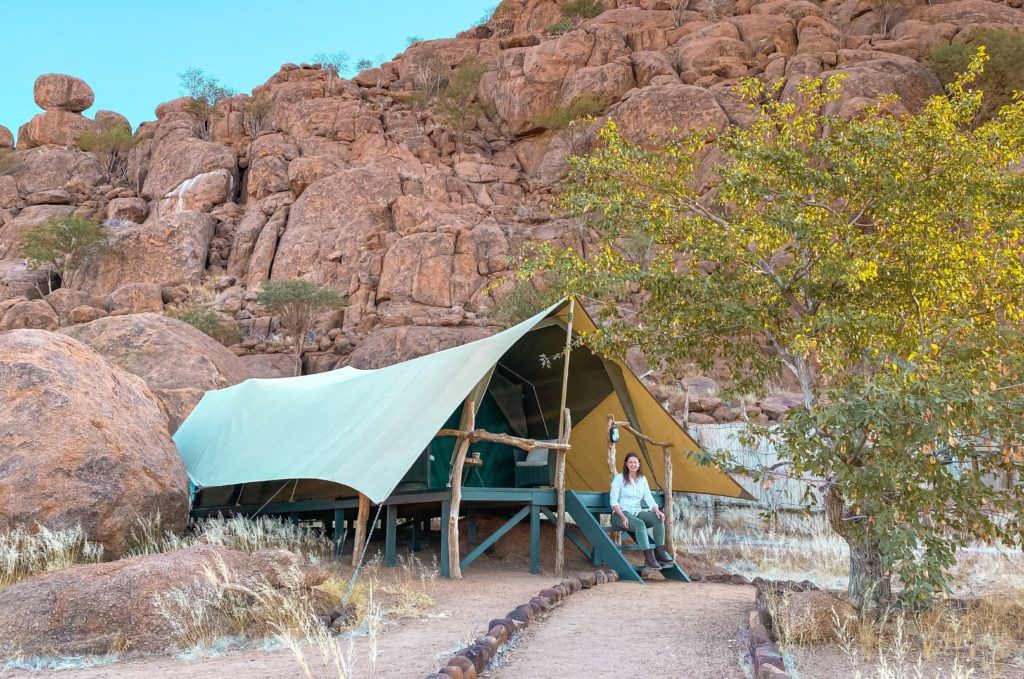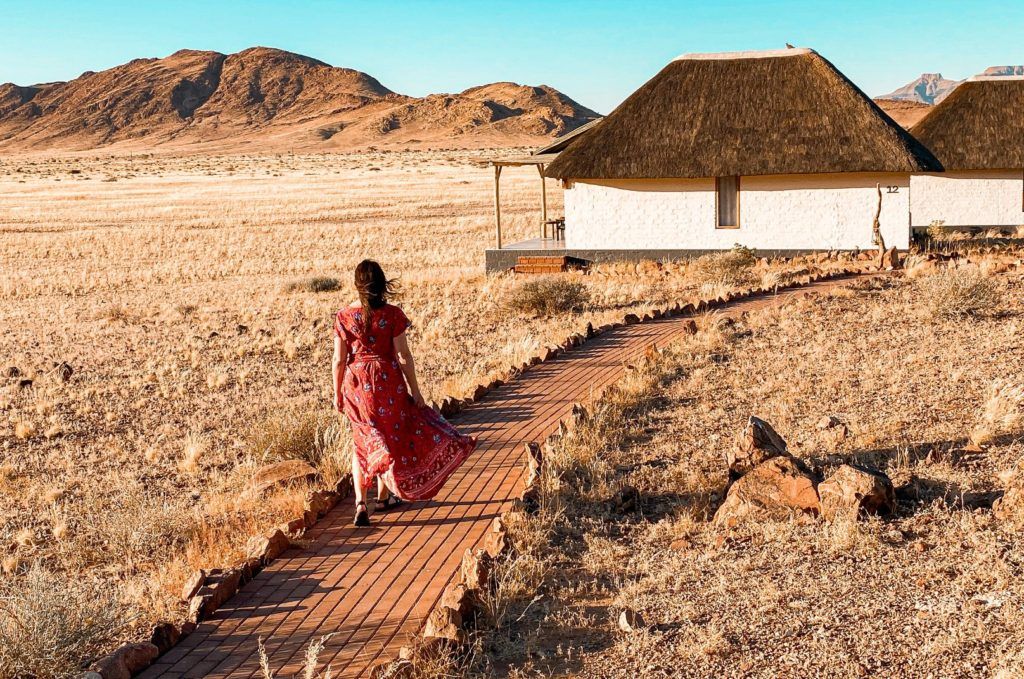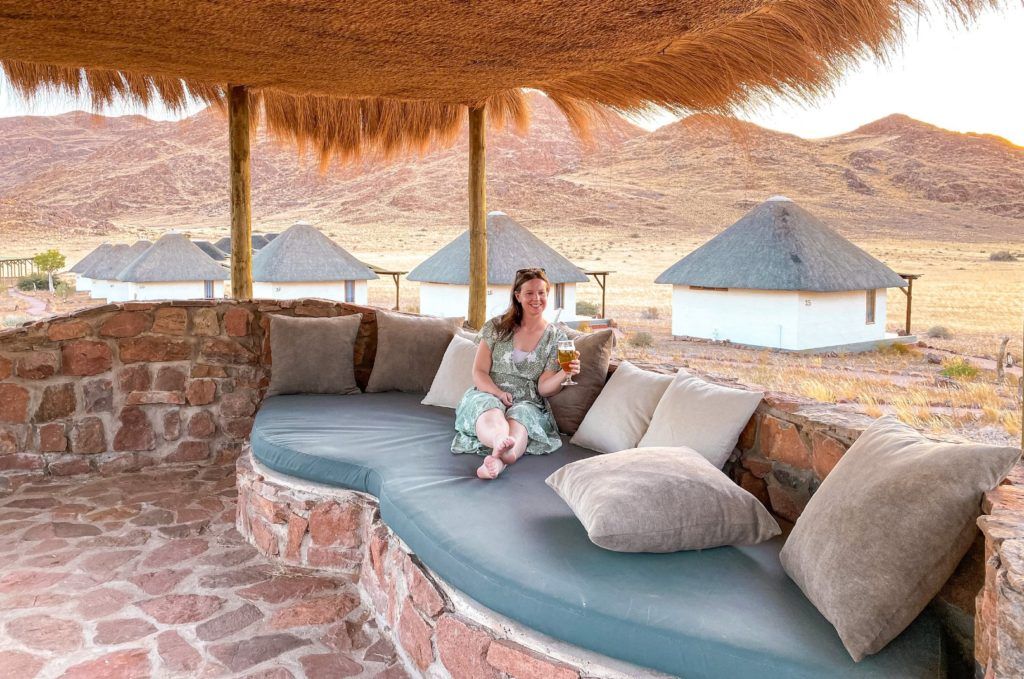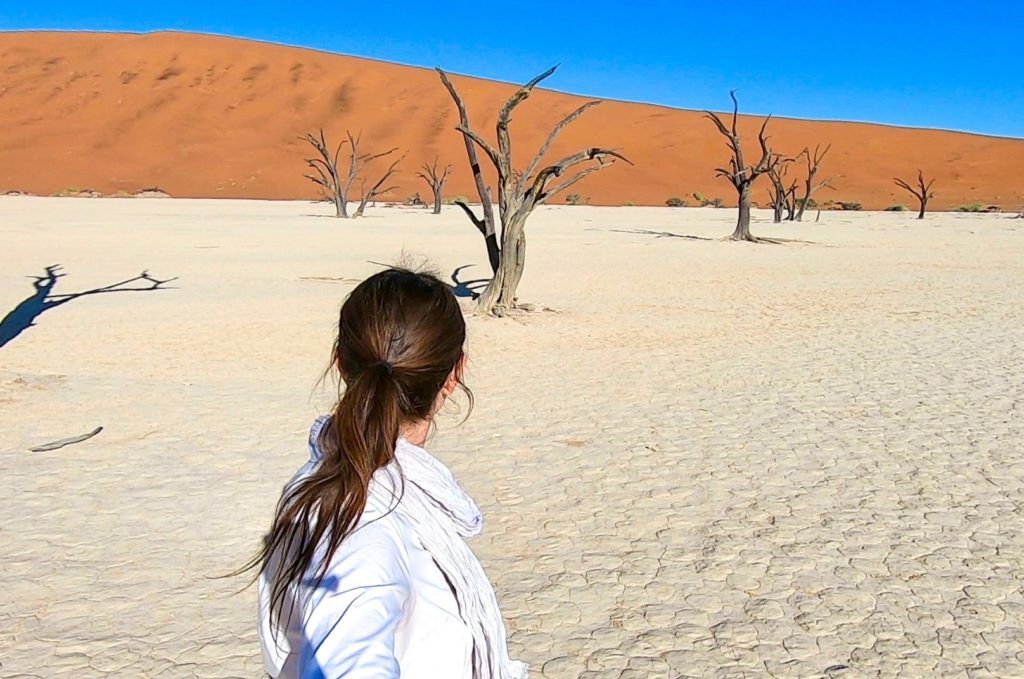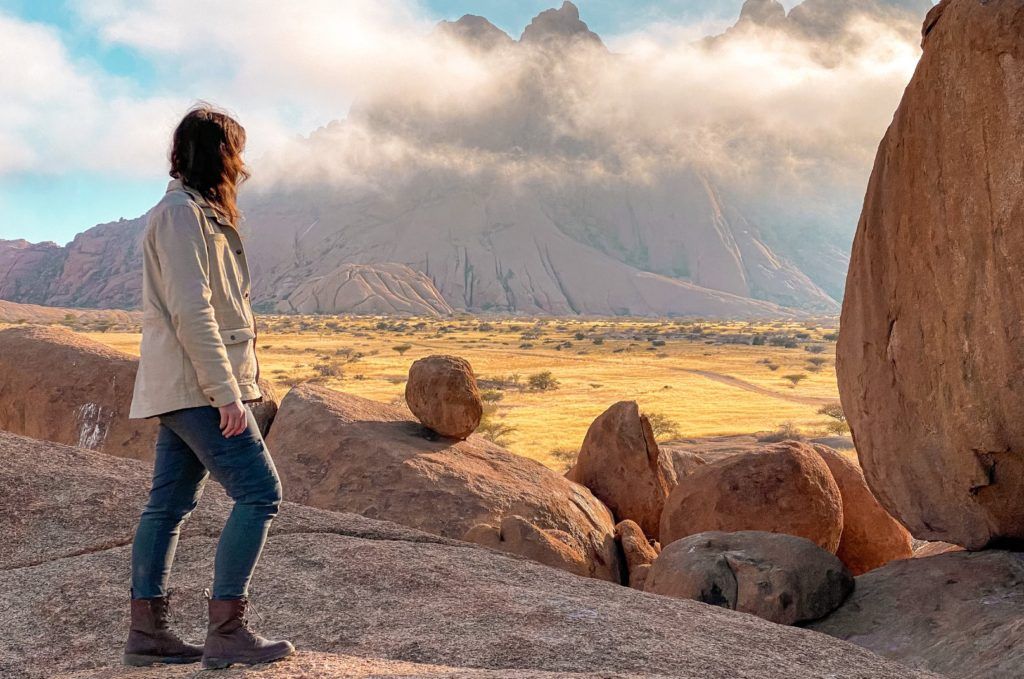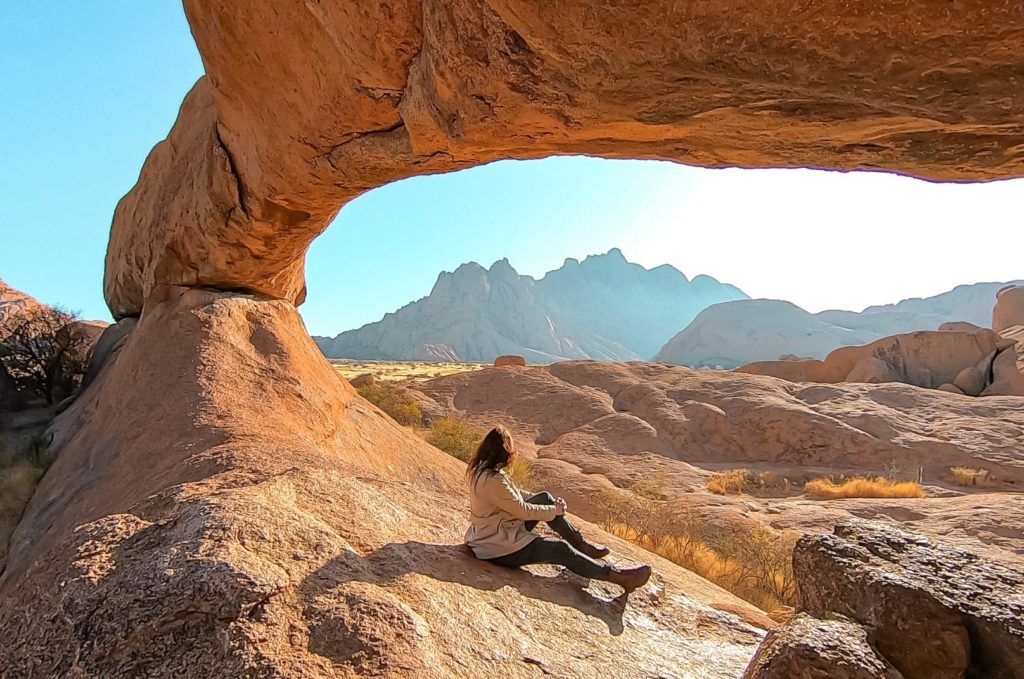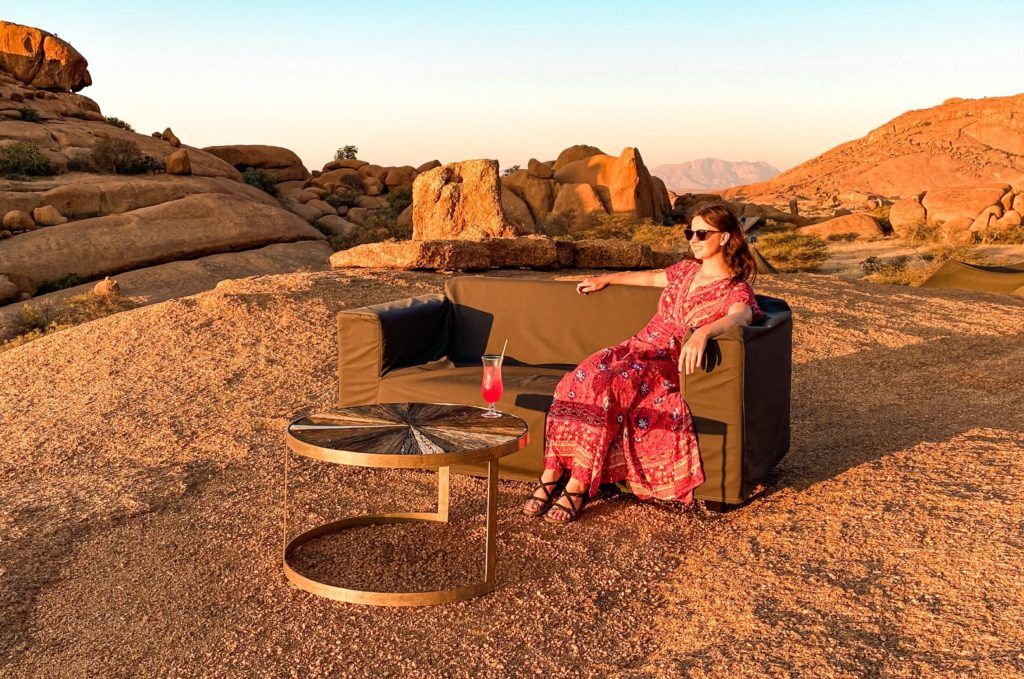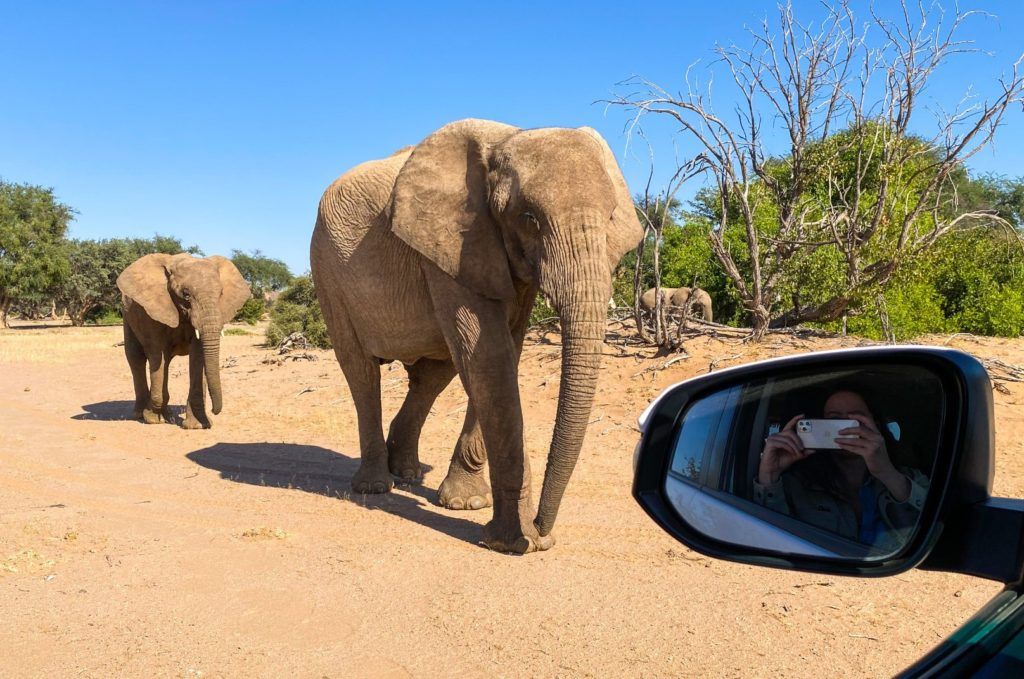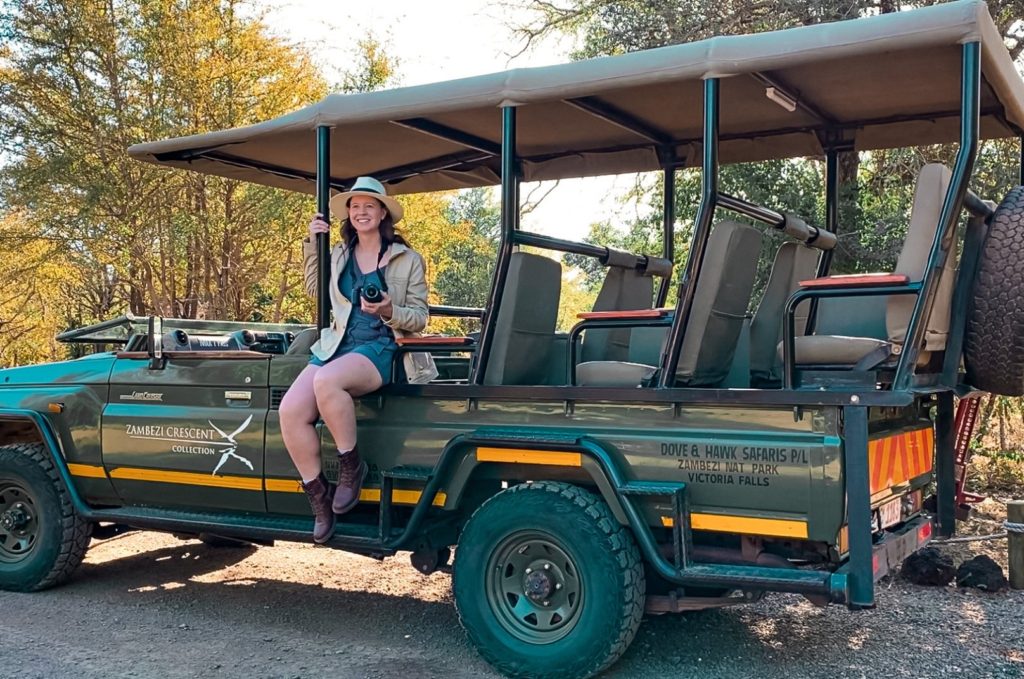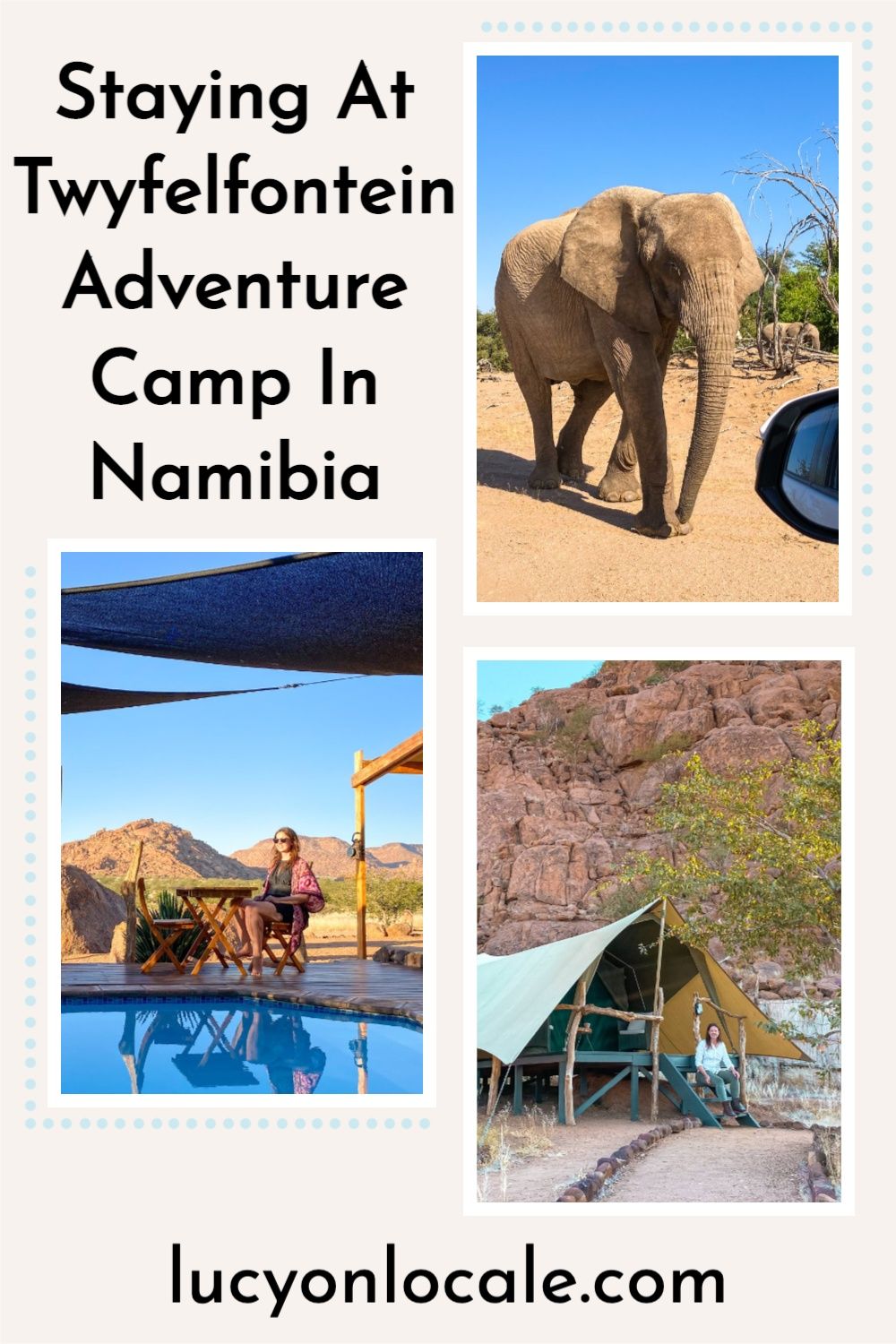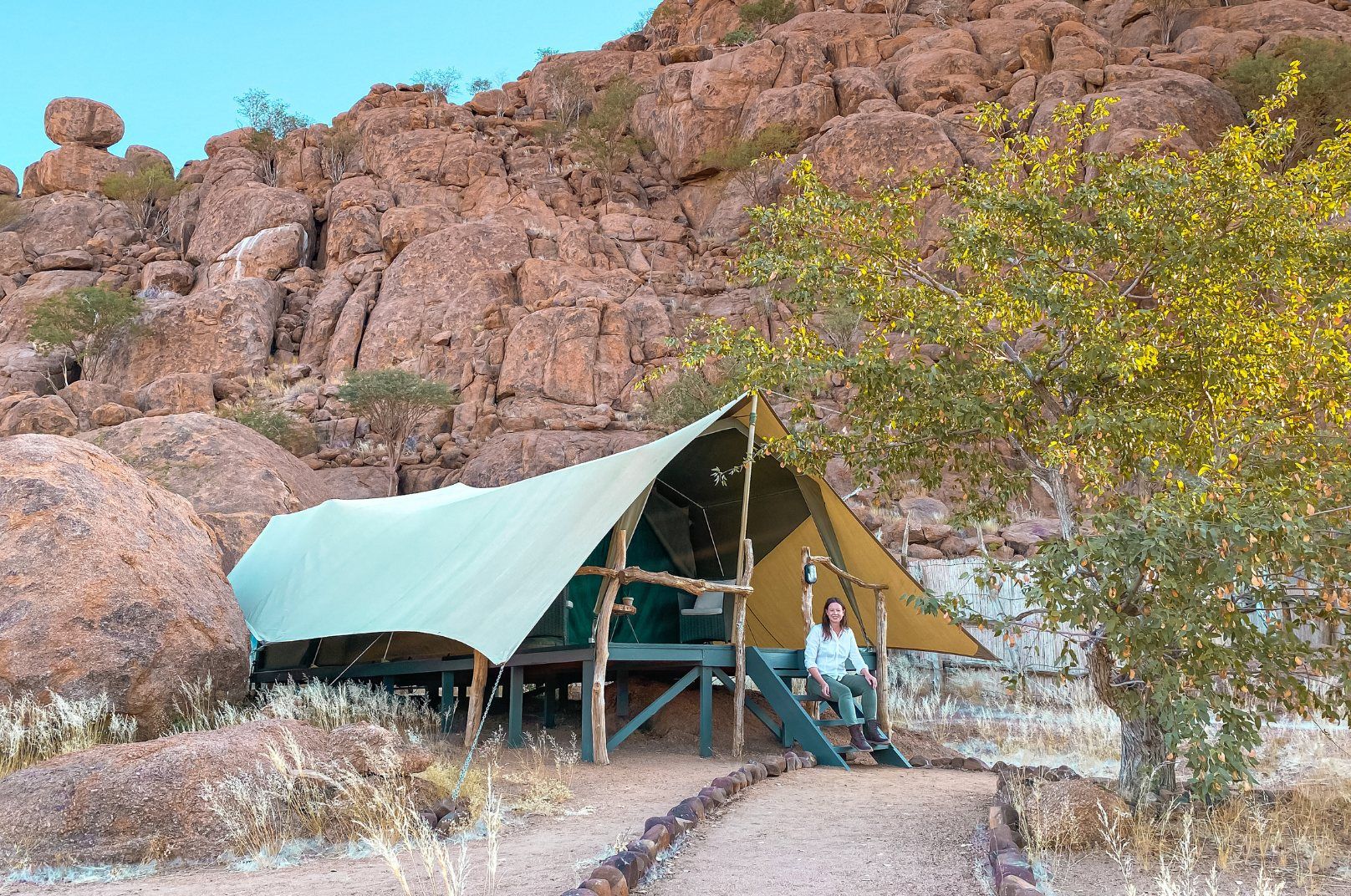
On my road trip through Namibia, I stayed at Twyfelfontein Adventure Camp, one of the top glamping lodges in the country. So here are my favorite pictures of Twyfelfontein Adventure Camp to inspire your travel plans.
The Ultimate Namibia Travel Guide
Twyfelfontein is one of the best places to visit in Nambia because it’s home to one of Africa’s largest concentrations of petroglyphs. Seeing these ancient engravings is a must-do activity when you’re here.
If you’re interested in more cultural activities, you will enjoy the Damara Living Museum. The other must-do activity in Twyfelfontein is searching for the desert-adapted elephant. Your safari guide will take you off-roading down dried riverbeds in search of these incredible animals.
Here are photos of my stay at Twyfelfontein Adventure Camp to inspire your travel plans!

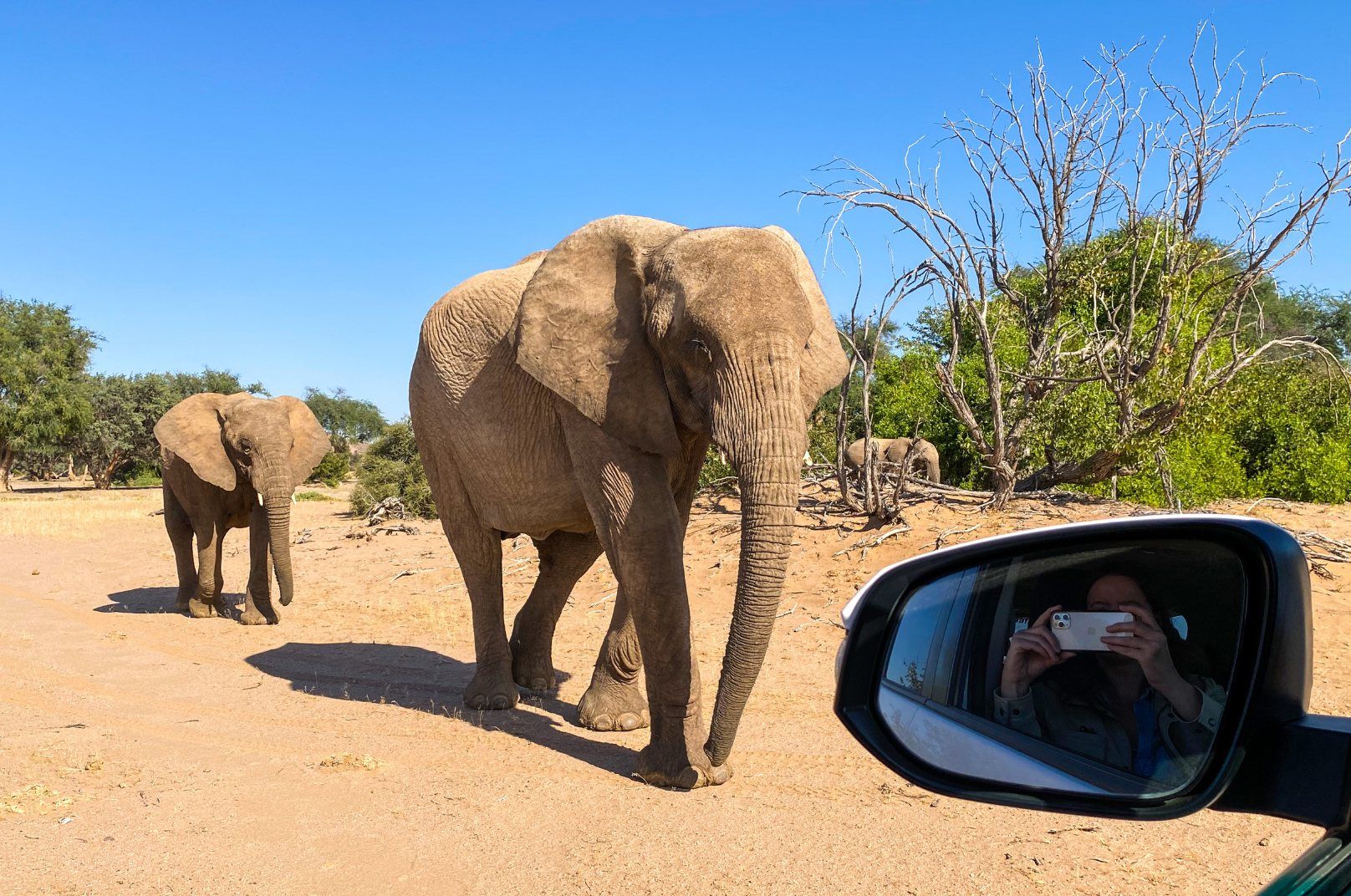
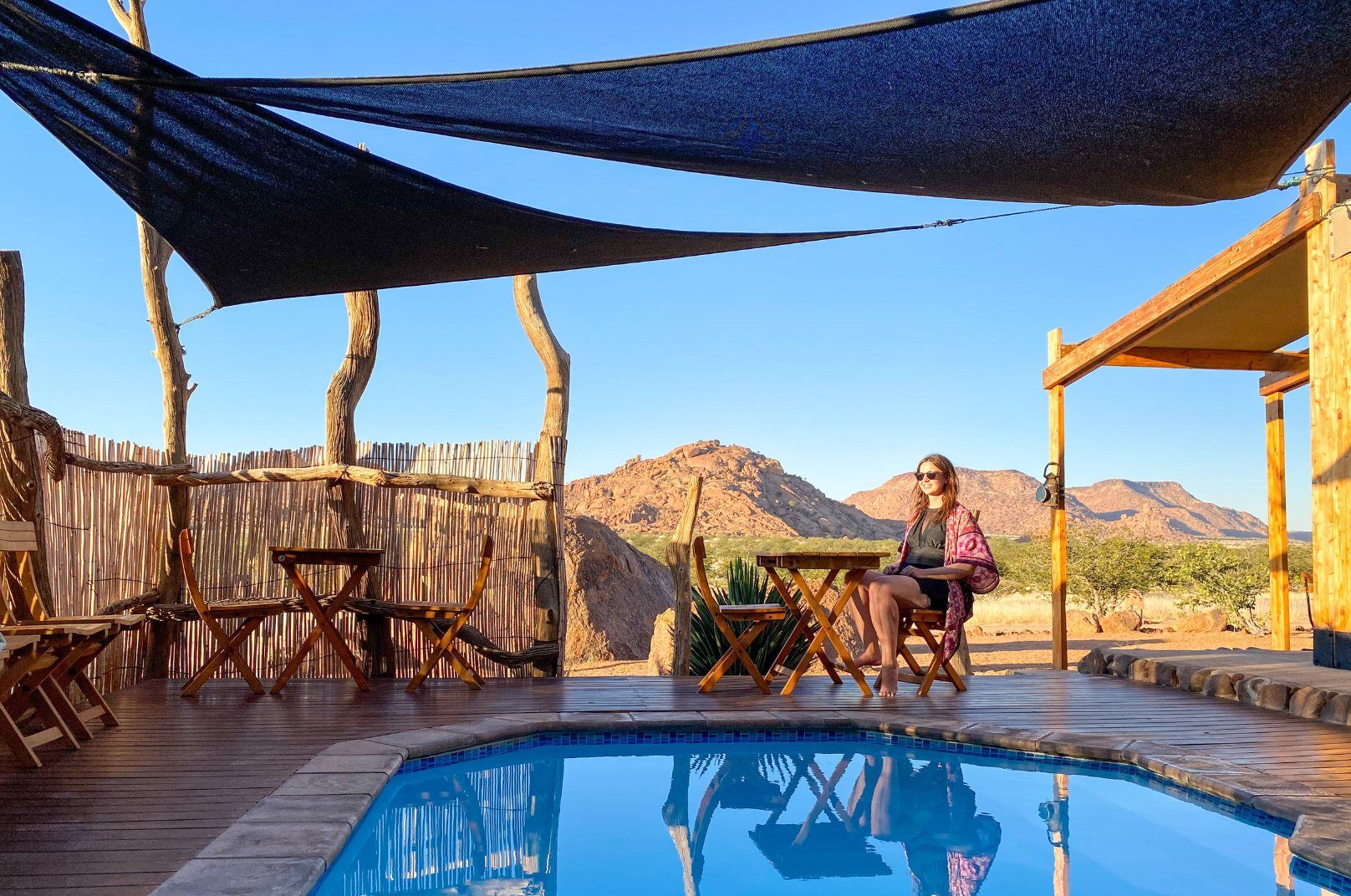
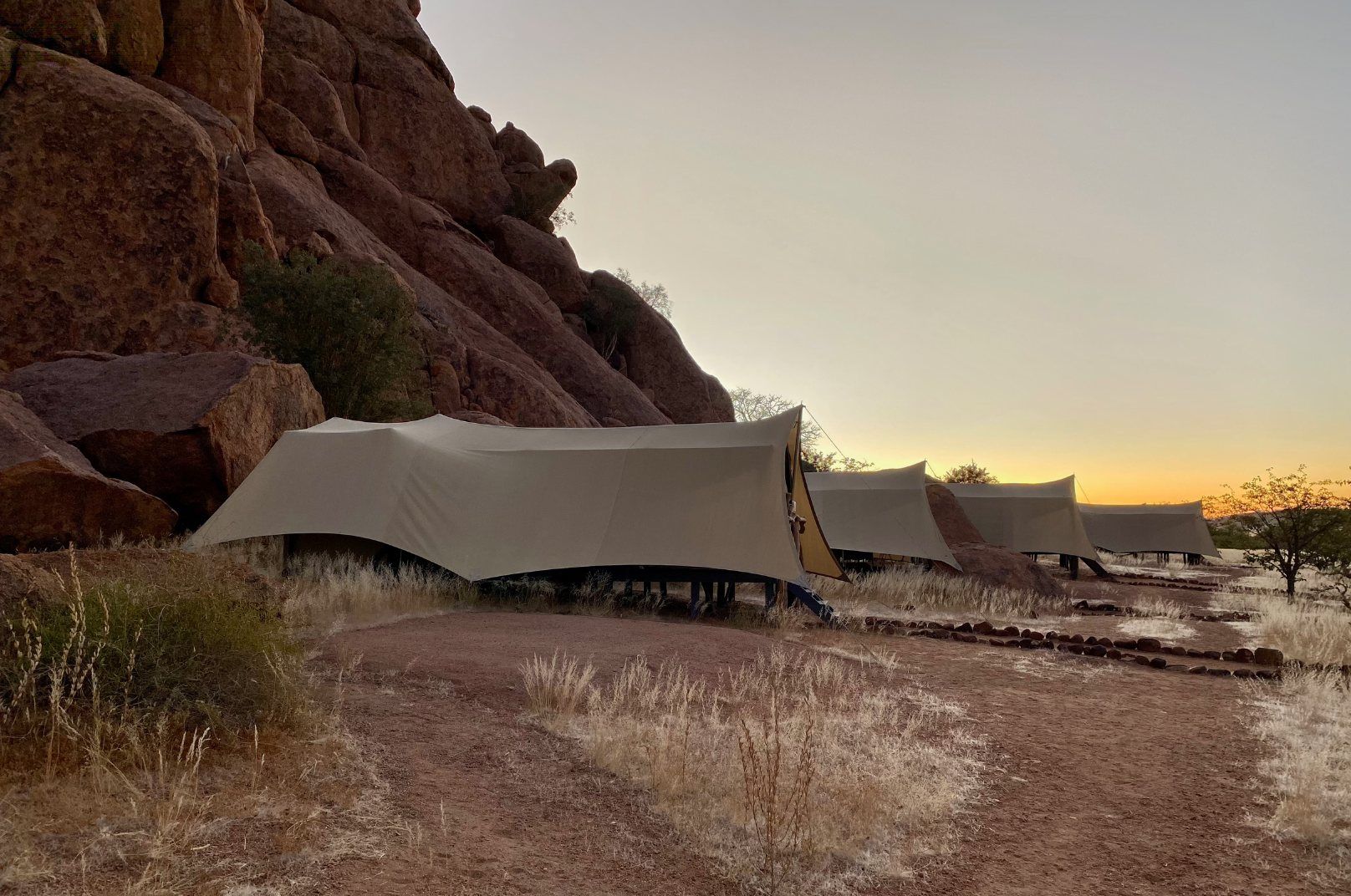
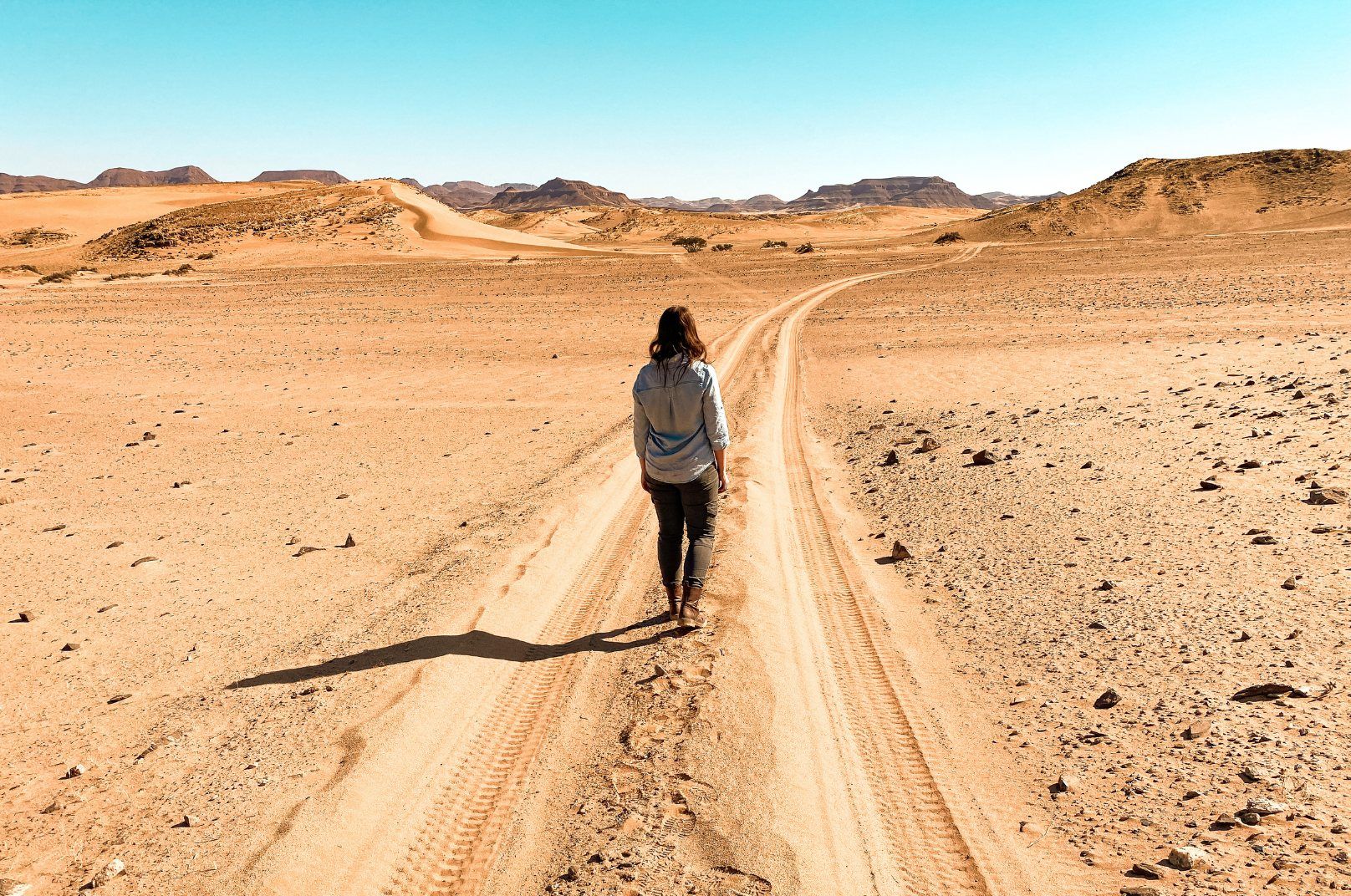
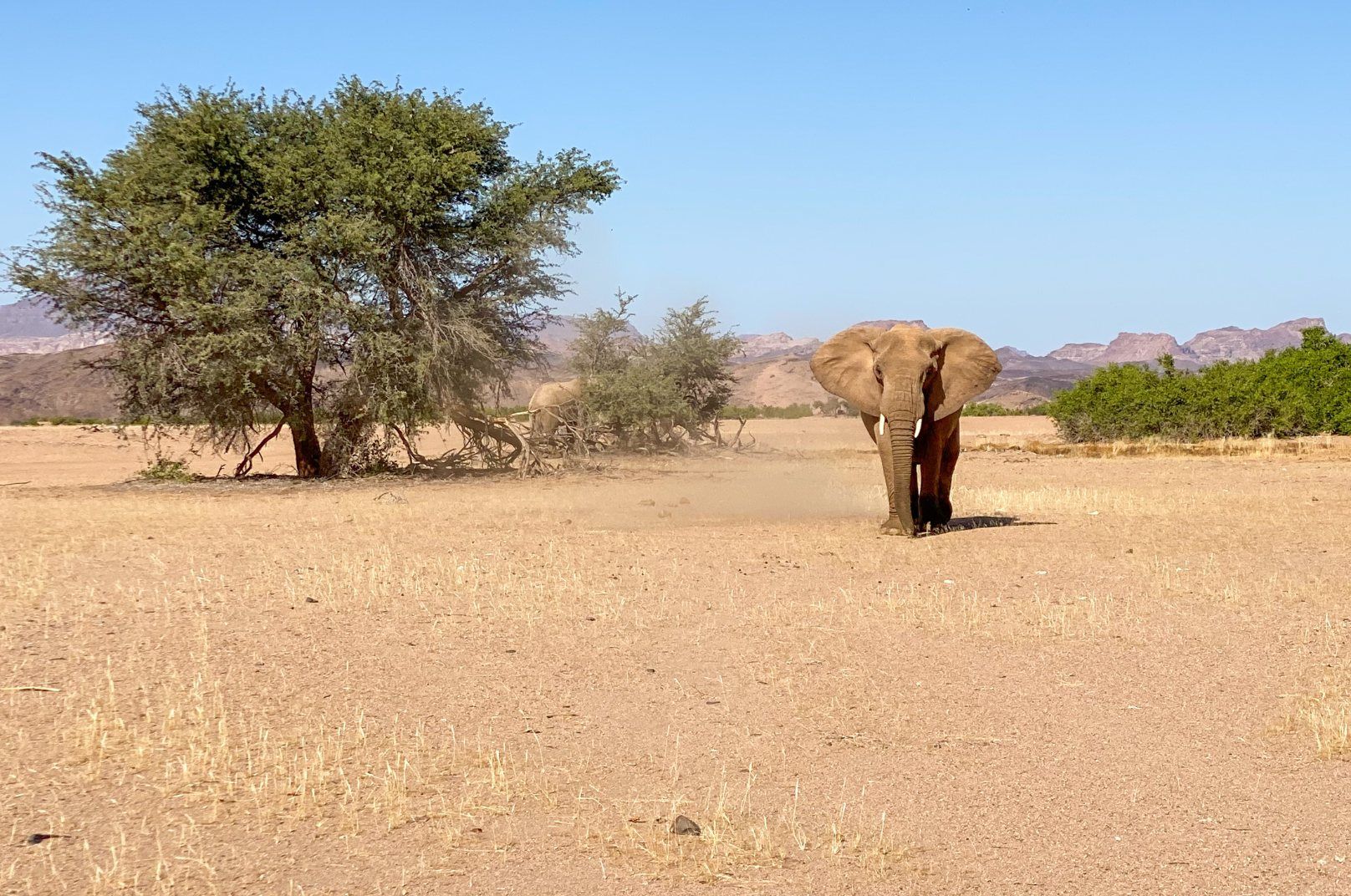
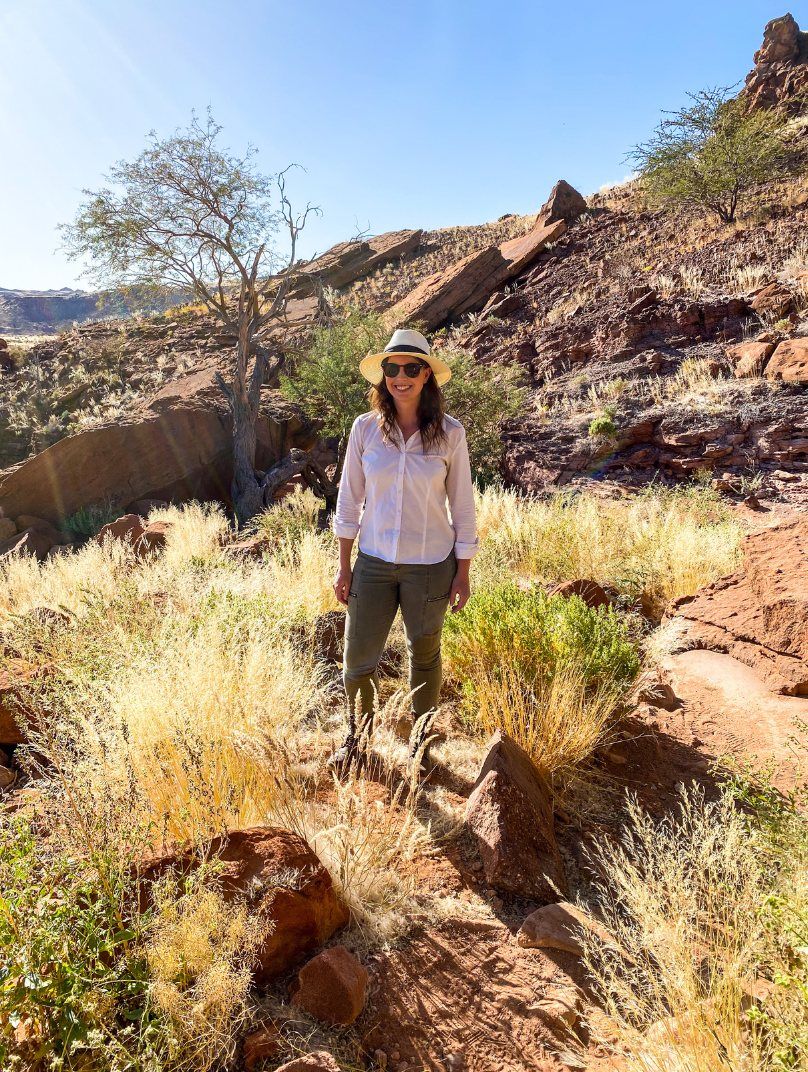
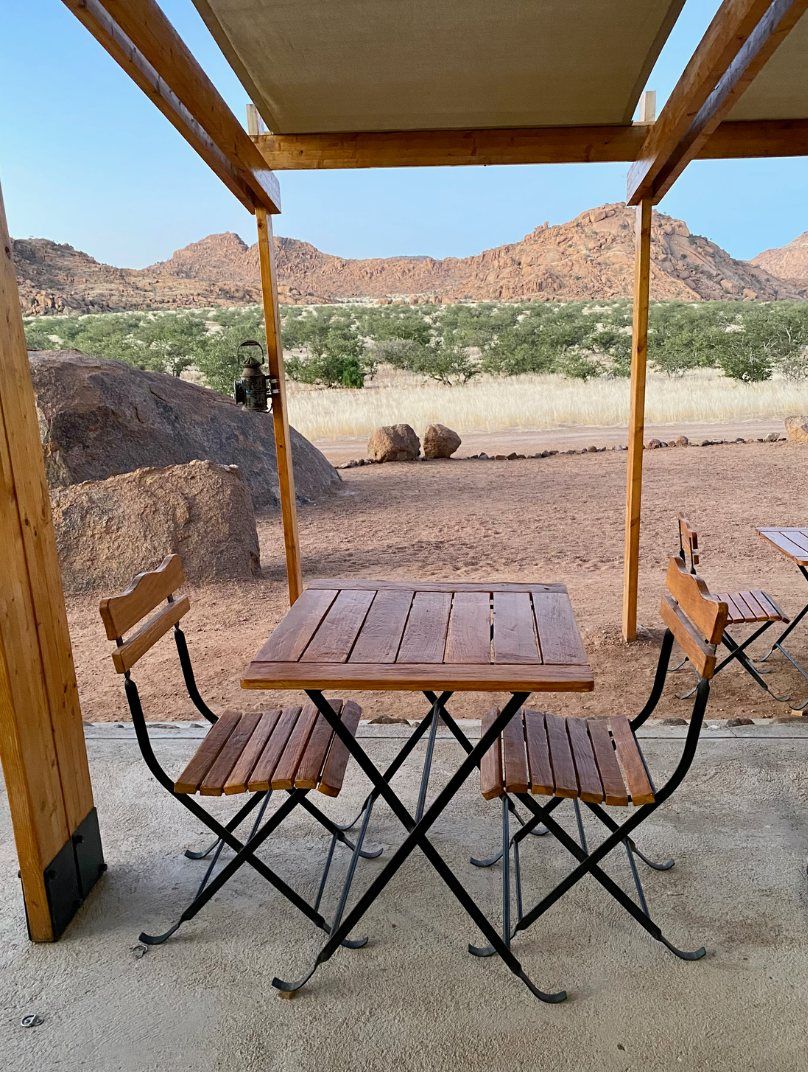
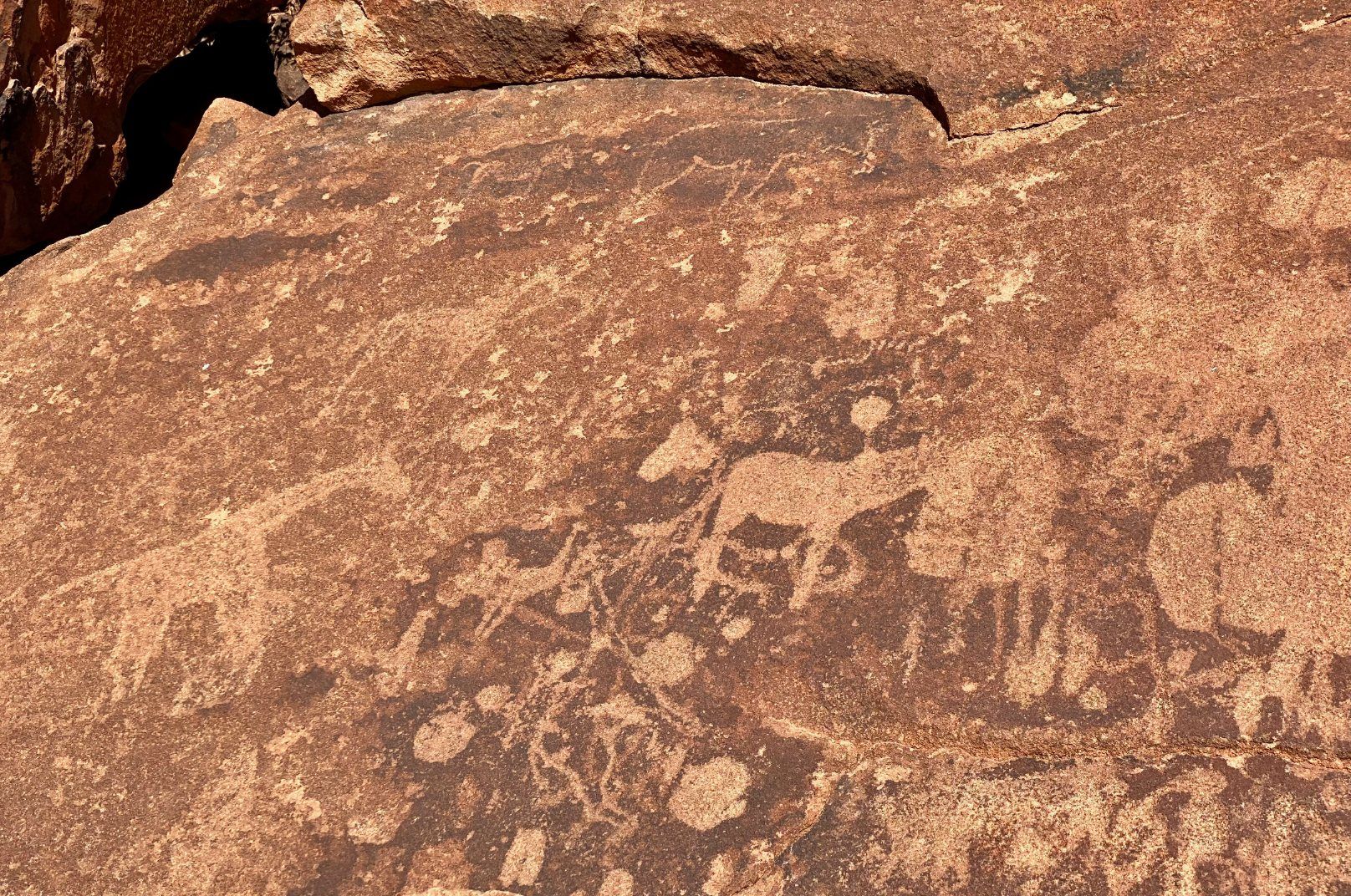

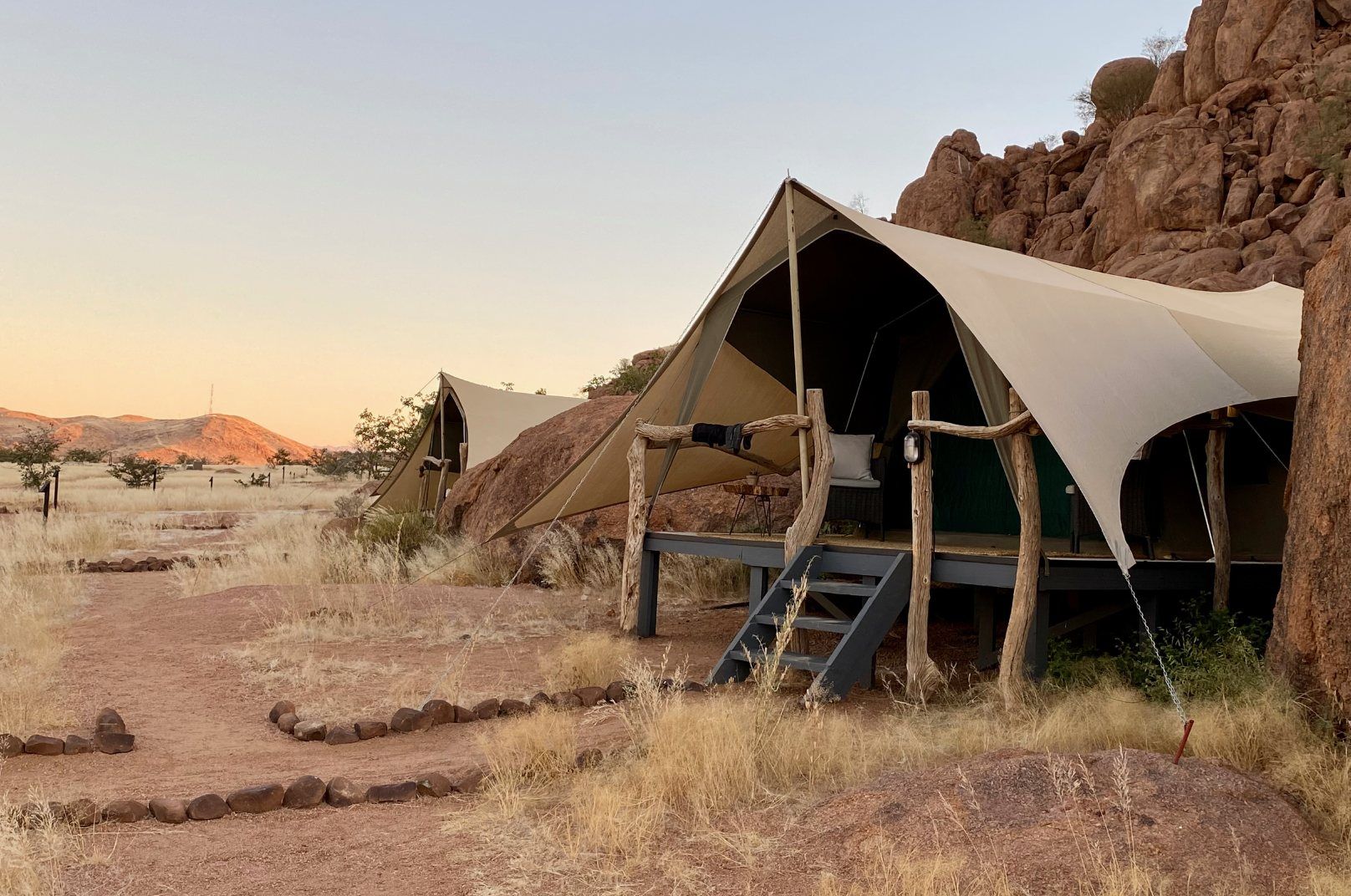
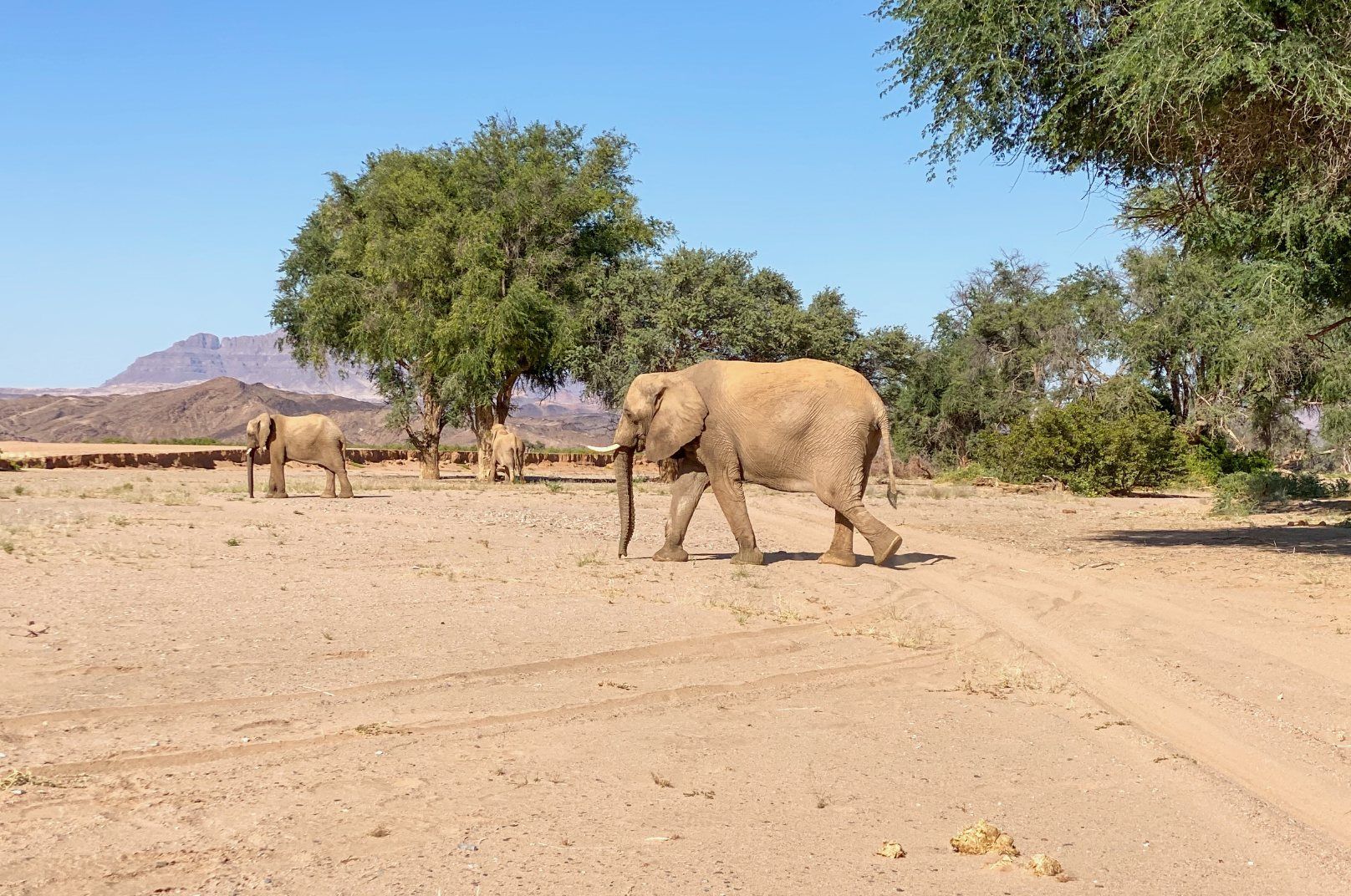
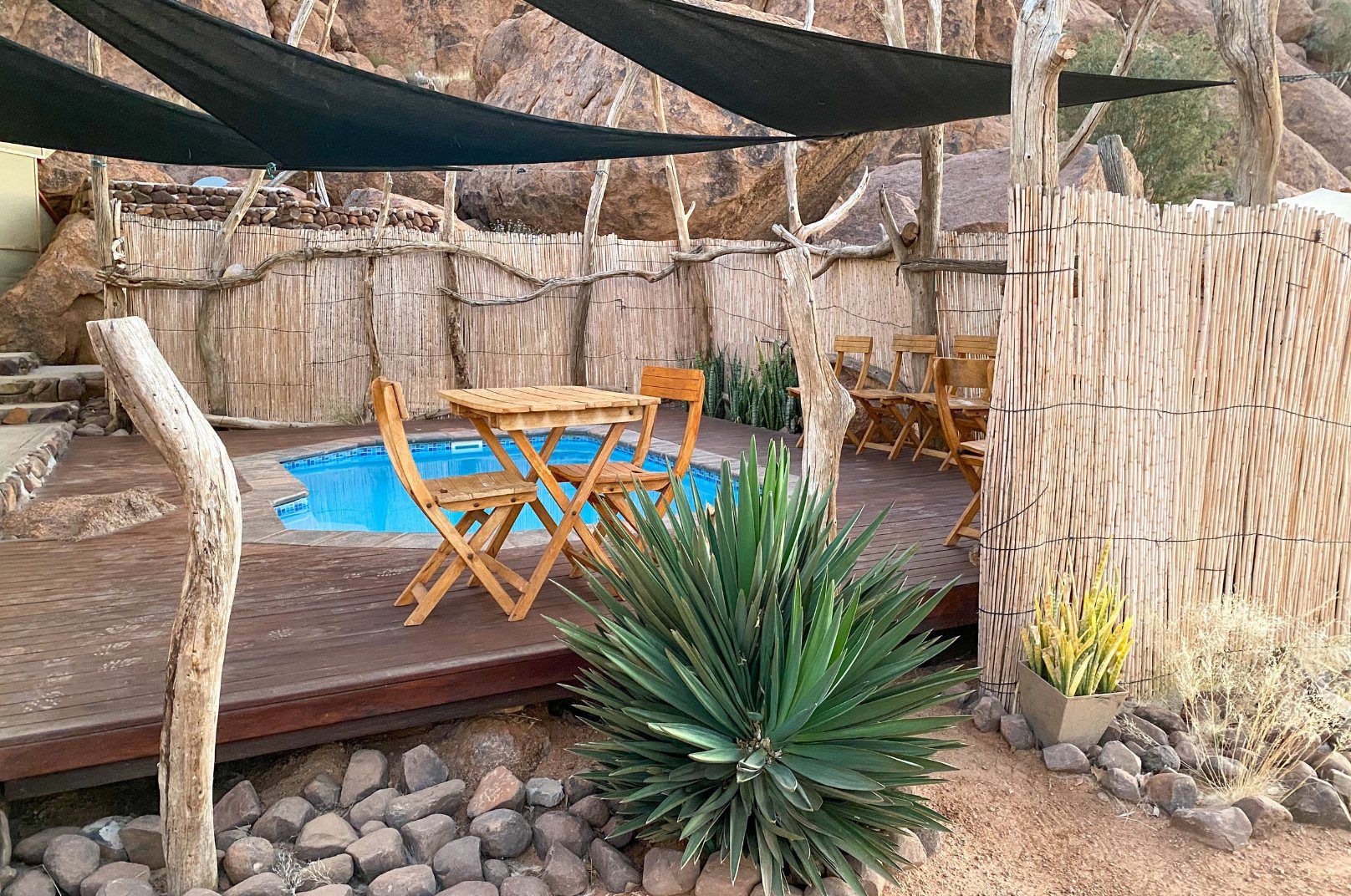

Shop My Safari Essentials

Did these pictures of Twyfelfontein Adventure Camp inspire you to visit? Share with us in the comments!

For Planning The Rest Of Your Namibia Trip

Recommended Tours in Namibia

Frequently Asked Questions
What is the most visited place in Namibia?
Etosha National Park is the top place to visit in Namibia. Namibia is home to deserts, mountains, incredible safari lodges, national parks, dreamy beach towns, and some of the best wildlife viewing in Sub-Saharan Africa. So here are more most-visit places in Namibia:
1.Sossusvlei
2. The Caprivi Strip
3. Spitzkoppe
4. Epupa Falls
5. Okonjima Nature Reserve
6. Twyfelfontein
7. Swakopmund
8. Walvis Bay
9. Skeleton Coast
Is Namibia worth visiting?
Yes!
Namibia is home to deserts, mountains, incredible safari lodges, national parks, dreamy beach towns, and some of the best wildlife viewing in Sub-Saharan Africa. So whether you’re climbing sand dunes in Sossusvlei or tracking rhinos in Etosha National Park, this Namibia luxury safari guide has everything you need to plan an epic trip!
Fun Fact: Namibia has one of the lowest population densities in the world, which means this is one of the best destinations to escape the crowds.
When To Go:
Namibia is a desert country – one of the driest places in Sub-Saharan Africa. July – October are the driest months of the year and the peak travel season. Wildlife will gather by the hundreds around water holes, meaning these months have some of the best game viewings anywhere in Africa. These months have the highest prices and crowds, so book your lodge and tours as far in advance as possible. In July and August, daytime temperatures average in the 60s and 70s, and nighttime temperatures can drop below freezing, so bring layers. September and October nights are warmer, but you’ll still want a jacket.
May and June are the shoulder months. The rains will have stopped, the landscape will be lush, and wildlife will be easily visible at waterholes (though not as high a concentration as in July – October). Travel costs will be less during these months, and the safari lodges and destinations won’t be overrun with tourists. Daytime temperatures range from the 60s to 80s, with nighttime temperatures falling below freezing in June, so bring layers for the mornings and evenings.
November, February, and March are the rainy and off-season months. It will be wet and humid, and wildlife will be hard to see because they won’t need to gather at watering holes. You can score some great accommodation deals during these months, though, and it can feel like you have the entire country to yourself.
December, January, and April are the best months for bird watching. These are the months directly after the rainy months, when the weather will be drier, the skies clearer, and the feeding conditions are ideal for water birds. These months have drastic temperature changes from night to day, so bring shorts, pants, short-sleeve shirts, and jackets.
What attract tourists to Namibia?
Etosha National Park is the top place to visit in Namibia. Namibia is home to deserts, mountains, incredible safari lodges, national parks, dreamy beach towns, and some of the best wildlife viewing in Sub-Saharan Africa. So here are more most-visit places in Namibia:
1.Sossusvlei
2. The Caprivi Strip
3. Spitzkoppe
4. Epupa Falls
5. Okonjima Nature Reserve
6. Twyfelfontein
7. Swakopmund
8. Walvis Bay
9. Skeleton Coast
What places in Namibia would a newcomer find interesting?
Etosha National Park is the top place to visit in Namibia. Namibia is home to deserts, mountains, incredible safari lodges, national parks, dreamy beach towns, and some of the best wildlife viewing in Sub-Saharan Africa. So here are more most-visit places in Namibia:
1.Sossusvlei
2. The Caprivi Strip
3. Spitzkoppe
4. Epupa Falls
5. Okonjima Nature Reserve
6. Twyfelfontein
7. Swakopmund
8. Walvis Bay
9. Skeleton Coast
Which places do tourist visit?
Etosha National Park is the top place to visit in Namibia. Namibia is home to deserts, mountains, incredible safari lodges, national parks, dreamy beach towns, and some of the best wildlife viewing in Sub-Saharan Africa. So here are more most-visit places in Namibia:
1.Sossusvlei
2. The Caprivi Strip
3. Spitzkoppe
4. Epupa Falls
5. Okonjima Nature Reserve
6. Twyfelfontein
7. Swakopmund
8. Walvis Bay
9. Skeleton Coast
What can you do in Namibia for a week?
If you only have a week in Namibia, I recommend spending two nights in Sossusvlei, two nights in Spitzkoppe, and three nights in Etosha National Park.
When To Go:
Namibia is a desert country – one of the driest places in Sub-Saharan Africa. July – October are the driest months of the year and the peak travel season. Wildlife will gather by the hundreds around water holes, meaning these months have some of the best game viewings anywhere in Africa. These months have the highest prices and crowds, so book your lodge and tours as far in advance as possible. In July and August, daytime temperatures average in the 60s and 70s, and nighttime temperatures can drop below freezing, so bring layers. September and October nights are warmer, but you’ll still want a jacket.
May and June are the shoulder months. The rains will have stopped, the landscape will be lush, and wildlife will be easily visible at waterholes (though not as high a concentration as in July – October). Travel costs will be less during these months, and the safari lodges and destinations won’t be overrun with tourists. Daytime temperatures range from the 60s to 80s, with nighttime temperatures falling below freezing in June, so bring layers for the mornings and evenings.
November, February, and March are the rainy and off-season months. It will be wet and humid, and wildlife will be hard to see because they won’t need to gather at watering holes. You can score some great accommodation deals during these months, though, and it can feel like you have the entire country to yourself.
December, January, and April are the best months for bird watching. These are the months directly after the rainy months, when the weather will be drier, the skies clearer, and the feeding conditions are ideal for water birds. These months have drastic temperature changes from night to day, so bring shorts, pants, short-sleeve shirts, and jackets.
How many days do you need in Namibia?
If you only have a week in Namibia, I recommend spending two nights in Sossusvlei, two nights in Spitzkoppe, and three nights in Etosha National Park.
If you have two weeks, add two nights a Okonjima Nature Reserve, two nights in Twyfelfontein, one night in Swakopmund and Walvis Bay, and two nights in the Skeleton Coast.
If you have three weeks, add The Caprivi Strip.
What is the best time of year to visit Namibia?
Namibia is a desert country – one of the driest places in Sub-Saharan Africa. July – October are the driest months of the year and the peak travel season. Wildlife will gather by the hundreds around water holes, meaning these months have some of the best game viewings anywhere in Africa. These months have the highest prices and crowds, so book your lodge and tours as far in advance as possible. In July and August, daytime temperatures average in the 60s and 70s, and nighttime temperatures can drop below freezing, so bring layers. September and October nights are warmer, but you’ll still want a jacket.
May and June are the shoulder months. The rains will have stopped, the landscape will be lush, and wildlife will be easily visible at waterholes (though not as high a concentration as in July – October). Travel costs will be less during these months, and the safari lodges and destinations won’t be overrun with tourists. Daytime temperatures range from the 60s to 80s, with nighttime temperatures falling below freezing in June, so bring layers for the mornings and evenings.
November, February, and March are the rainy and off-season months. It will be wet and humid, and wildlife will be hard to see because they won’t need to gather at watering holes. You can score some great accommodation deals during these months, though, and it can feel like you have the entire country to yourself.
December, January, and April are the best months for bird watching. These are the months directly after the rainy months, when the weather will be drier, the skies clearer, and the feeding conditions are ideal for water birds. These months have drastic temperature changes from night to day, so bring shorts, pants, short-sleeve shirts, and jackets.

This article about my stay at Twyfelfontein Adventure Camp in Namibia is not a sponsored post, and the thoughts and opinions expressed in this post about my stay at Twyfelfontein Adventure Camp in Namibia are entirely my own. Some of the links in this post about my stay at Twyfelfontein Adventure Camp in Namibia are affiliate links, and, at no cost to you, I may earn a small commission from this article about my stay at Twyfelfontein Adventure Camp in Namibia.
 Travel Shop
Travel Shop Merch
Merch Travel Tips
Travel Tips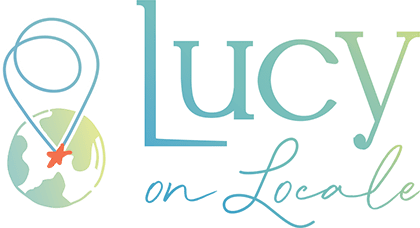
 Photography
Photography Points & Miles
Points & Miles Credit Cards
Credit Cards